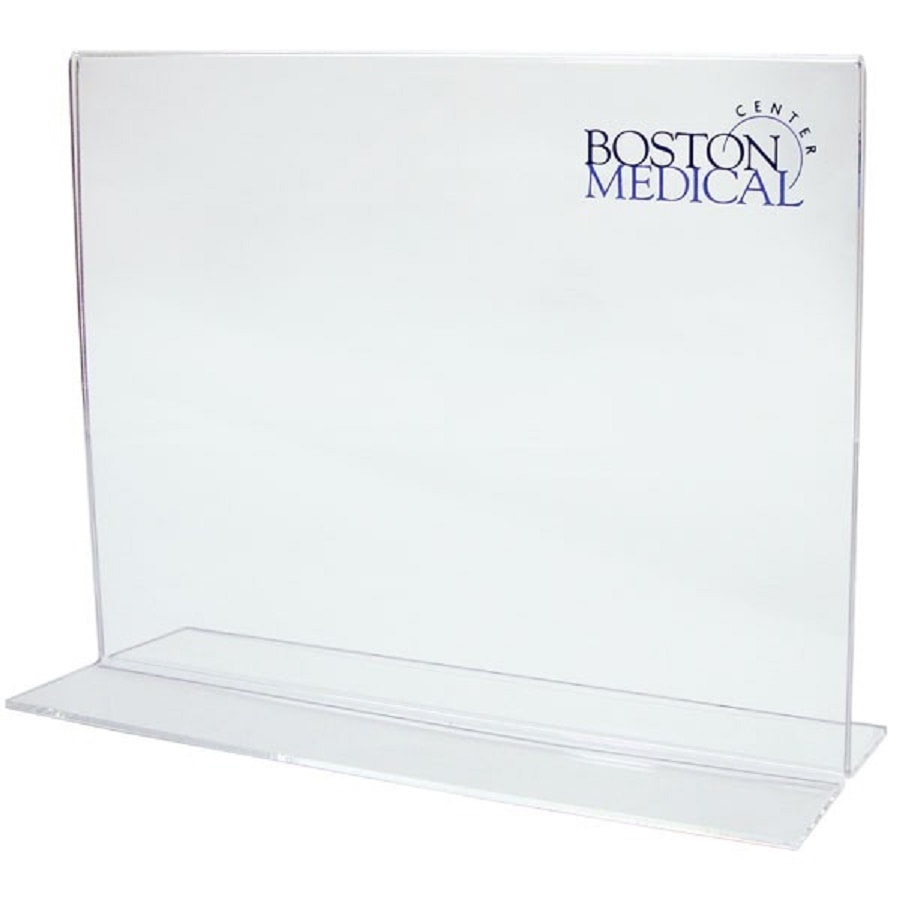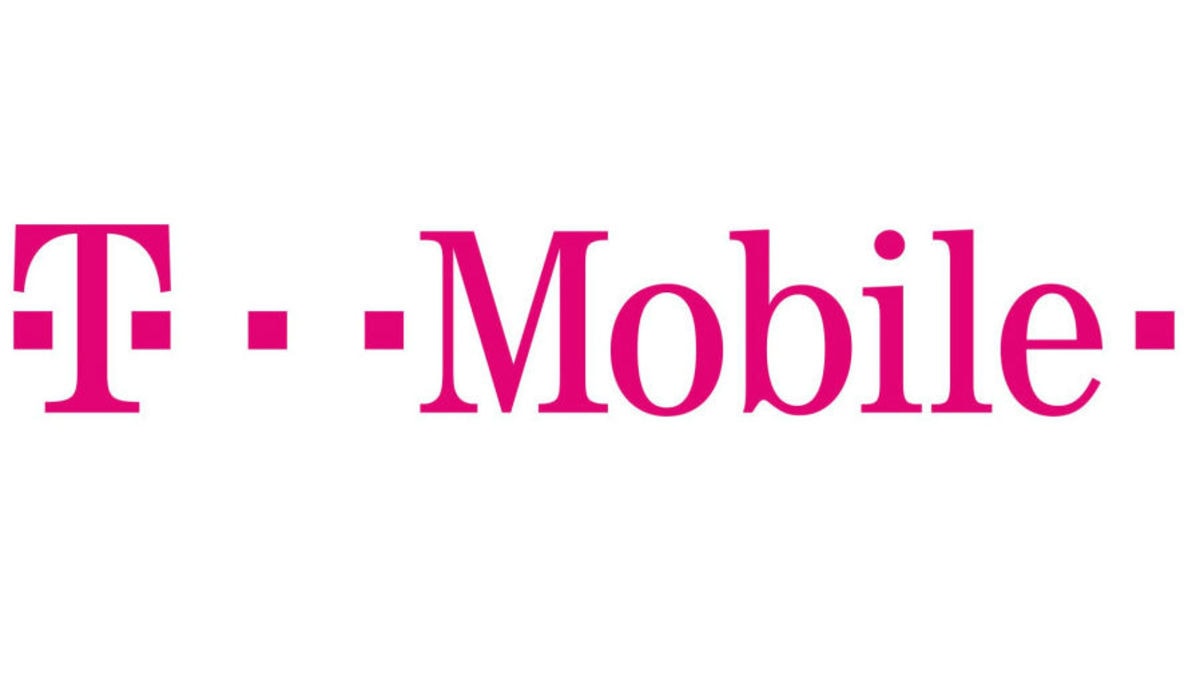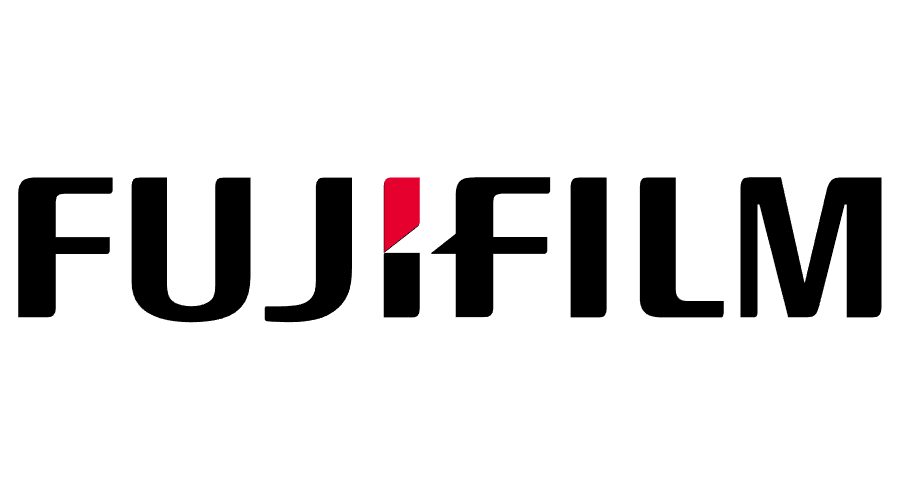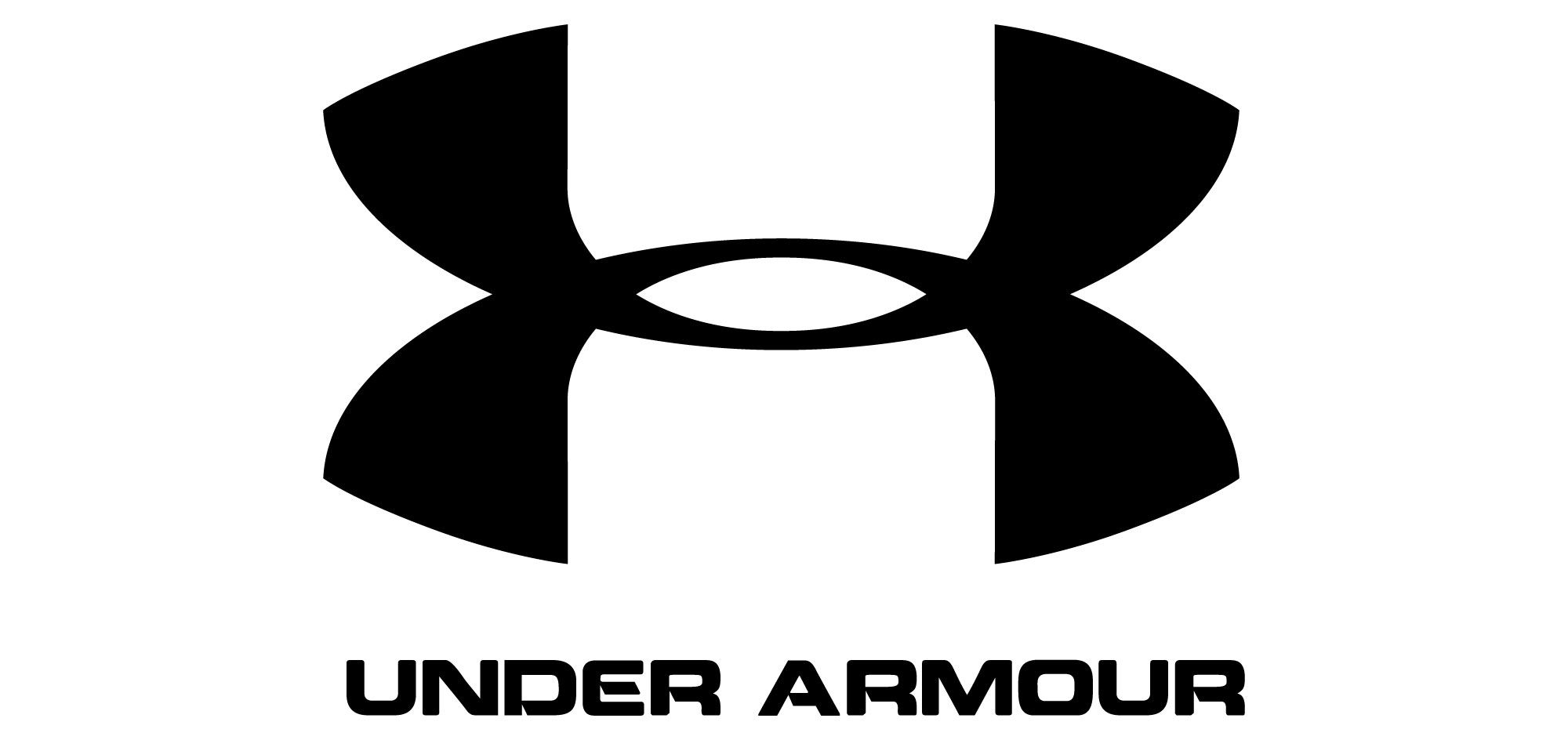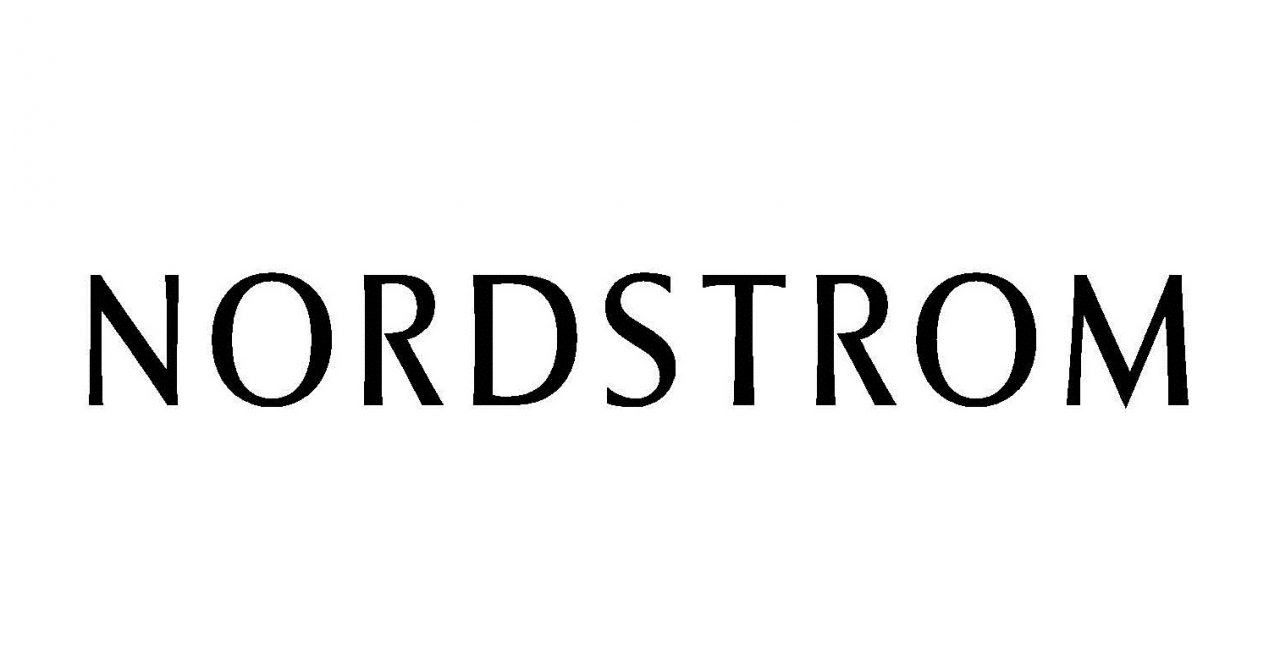Clear Plastic Sign Holders: Acrylic vs. PETG Signage
Key Takeaways
- Material Composition and Clarity
Acrylic, also called PMMA, offers superior optical clarity, allowing about 92% of light to pass through. PETG is also transparent but slightly less clear compared to acrylic. Both materials are used for signage due to their sleek and professional appearance. - Durability and Impact Resistance
PETG is more impact-resistant than acrylic, making it less prone to shattering or cracking. This makes it ideal for high-traffic areas where displays may be bumped or handled often. Acrylic, while durable, is more rigid and can break under strong impact. - Scratch Resistance and Surface Hardness
Acrylic has a harder surface than PETG, making it more resistant to scratches and scuffs. PETG, while flexible, can be more susceptible to marks from frequent handling. For long-term use, acrylic maintains a clearer and more polished appearance. - Flexibility and Ease of Fabrication
PETG is more flexible and can be shaped without cracking, making it easier to mold into complex designs. Acrylic, while more rigid, can achieve a high-gloss finish and polished edges. The choice depends on whether durability or aesthetics is the priority. - Cost and Budget Considerations
Both materials are cost-effective, but PETG can be slightly more expensive due to its durability. Acrylic is generally more affordable but may require careful handling to avoid breakage. Pricing depends on thickness, size, and customization requirements.
When you buy sign holders or other display holders for your retail business, you have a variety of options to choose from. One of the most important decisions you’ll make is the material used to manufacture your sign and display holders.
Most of our products are available in three materials. Today, we’ll compare two popular material options: clear premium acrylic, and clear extra strength PETG.
Clear Premium Acrylic
Clear premium acrylic is a high quality material that’s ideal for sign holders and other items that will be used in busy, high-traffic areas.
Compared to other materials, such as styrene, clear premium acrylic has several strengths. It’s less rigid and more flexible than styrene, letting it absorb impacts (such as falling to the ground from atop a table or countertop) without cracking or breaking.
This flexibility makes premium acrylic a durable material for sign holders, since bumps are more likely to result in the material flexing than breaking. If you need signs that are highly resistant to snapping and breaking, clear premium acrylic is an obvious choice.
Clear premium acrylic is also resistant to scratching, also because it’s a flexible type of material compared to styrene. While more rigid materials chip and scratch easily under pressure, acrylic is unlikely to develop scratch marks unless a lot of force is deliberately applied.
Finally, clear premium acrylic has a shiny, polished look that can make signage stand out more than other materials. If you want to draw attention to your retail signage, all while maintaining a good level of durability, this is an excellent material to choose for your products.

Clear Extra Strength PETG
Clear extra strength PETG (polyethylene terephthalate) is a strong plastic material that offers a range of unique benefits.
Of all the materials available for our sign holders and other products, PETG is the most durable and likely to withstand impacts and force. It’s light, extremely flexible, and almost impossible to break without a deliberate, dedicated effort.
The biggest advantage of PETG is its durability. Compared to acrylic, which can crack (or even shatter) under even a modest amount of force, PETG can tolerate a large amount of pressure without breaking. In fact, PETG is regarded as virtually unbreakable in normal conditions.
This means that if you need displays that can tolerate being dropped off a countertop or bumped into by shopping carts, PETG is a better option. On average, PETG is about 5-7 times as impact resistant as acrylic plastic of the same thickness.
One disadvantage of PETG is that it’s less scratch resistant than acrylic. This is because PETG has a softer exterior. In most circumstances, PETG won’t develop major scratches; however, it’s less suitable for corner or aisle displays (where scratches are likely) than premium acrylic.
Which material is better?
Both premium acrylic and PETG have significant advantages as materials. Acrylic is much more flexible than styrene, heavier in density and less susceptible to scratches due to its rigid exterior. It also has a shiny look that results in a professional looking display.
PETG is more flexible and lightweight, with an impact strength of 5-7 times that of acrylic. It’s by far the toughest signage material to break, making it great for point of sale displays where there is a risk of holders being knocked to the ground.
Ultimately, the best material depends entirely on the application. If you need a scratch-resistant display for use in retail aisles, acrylic is an excellent material. If you need a durable display for a checkout counter, PETG is more likely to last for the long term.
Need help picking between these two materials for your in-store displays? Contact us to speak to our experienced retail signage and display team and learn more about the best materials for your in-store displays and signage holders.
FAQs
- Which material has better clarity for sign holders?
Acrylic has superior optical clarity, allowing for a sleek, glass-like finish. It transmits about 92% of visible light, making it ideal for high-end displays. PETG is also transparent but may have a slightly hazier appearance. - Is PETG more durable than acrylic for everyday use?
Yes, PETG is more impact-resistant, making it a better choice for environments where displays might be knocked over or frequently handled. Acrylic is strong but more brittle, meaning it can crack if dropped or hit hard. - Which material resists scratches better over time?
Acrylic has a harder surface, making it more resistant to scratches and scuff marks. PETG is softer and can develop marks from regular handling, but it is less likely to crack under pressure. - Which material is easier to shape and customize?
PETG is more flexible and easier to mold into different shapes without cracking. Acrylic requires careful handling when cutting or bending but offers a more polished and refined look when finished. - Which material is more cost-effective for sign holders?
Acrylic is generally more affordable, but PETG’s durability may justify its slightly higher cost in high-traffic environments. The final price depends on the thickness, size, and custom features of the sign holder.

